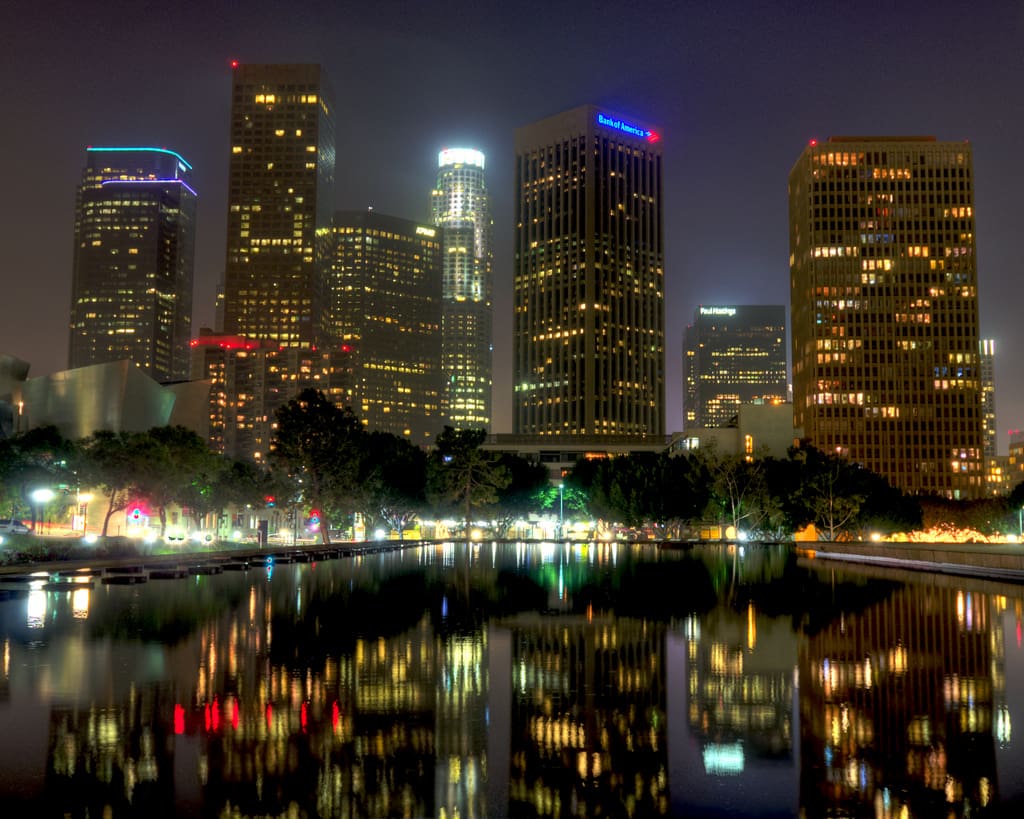California has always been ambitious when it comes to enacting energy-efficient legislation. The state laid the groundwork to promote solar energy through the Million Homes Solar Plan, which was approved by the California Public Utilities Commission in 2006. California was also one of the first states to adopt green building codes in 2008.The state recently rolled out its latest 2010-2012 statewide initiatives for energy efficiency to serve as a roadmap through 2020 and beyond. To achieve maximum energy savings, California is setting expectations for various sectors, including residential, commercial, industrial, agricultural, and local governments, as well as for the state’s major electric and gas utilities. For example, the 2010-2012 plan “… calls for nearly 1,500 MW of peak savings and 7,000 GWh of electricity savings over the three-year period, which would avert 3 million tons of greenhouse gas emissions and the construction of three power plants.”
In addition to providing a long-term vision and goals for each sector, the plan also describes specific strategies to help entities achieve those goals. For this newsletter issue, we’ve elected to focus most on the commercial sector.
According to the plan, commercial buildings, especially office buildings, use more electricity than any other sector in the state. Restaurants consume a large share of gas, and offices, restaurants, schools and colleges occupy the top five spots in terms of using the most of both fuel types. By 2030, California aims to have commercial buildings on a trajectory for zero net energy, partly though established building codes and standards. Further details on the plan’s top goals for the commercial sector (taken verbatim from the plan) include:
- “Goal 1: New construction will increasingly embrace zero net energy performance (including clean, distributed generation), reaching 100 percent penetration of new starts in 2030.” This initiative is based on “… a global initiative to have all new buildings and major renovations reduce their carbon emissions by 50 percent by 2010, and then increasing new buildings’ performance to be carbon neutral by 2030.”
- “Goal 2: 50 percent of existing buildings will be retrofit to zero net energy by 2030 through achievement of deep levels of energy efficiency and with the addition of clean distributed generation. The commercial building industry tends to respond to industry leaders to set the path for action. Therefore, it is critical to lead by example by making public, state-owned and leased buildings benchmarked, submetered, and retro-commissioned and energy efficient.”
- “Goal 3: Transform the commercial lighting market through technological advancement and innovative utility initiatives. Lighting programs have comprised a significant share of savings from the IOU portfolios for the commercial sector over the past several years. This emphasis is largely due to the widespread conclusion that, much as within the residential sector, lighting opportunities are low cost and readily accessible strategies for major, near-term savings.”
Access the full California Energy Efficiency plan here:https://californiaenergyefficiency.com/docs/EEStrategicPlan.pdf
With energy-efficient projects top of mind for many companies this year, now is a great time to contact Monterey Lighting to take advantage of rebates and find out how cost-effective lighting projects can put you on the path toward zero net energy.





